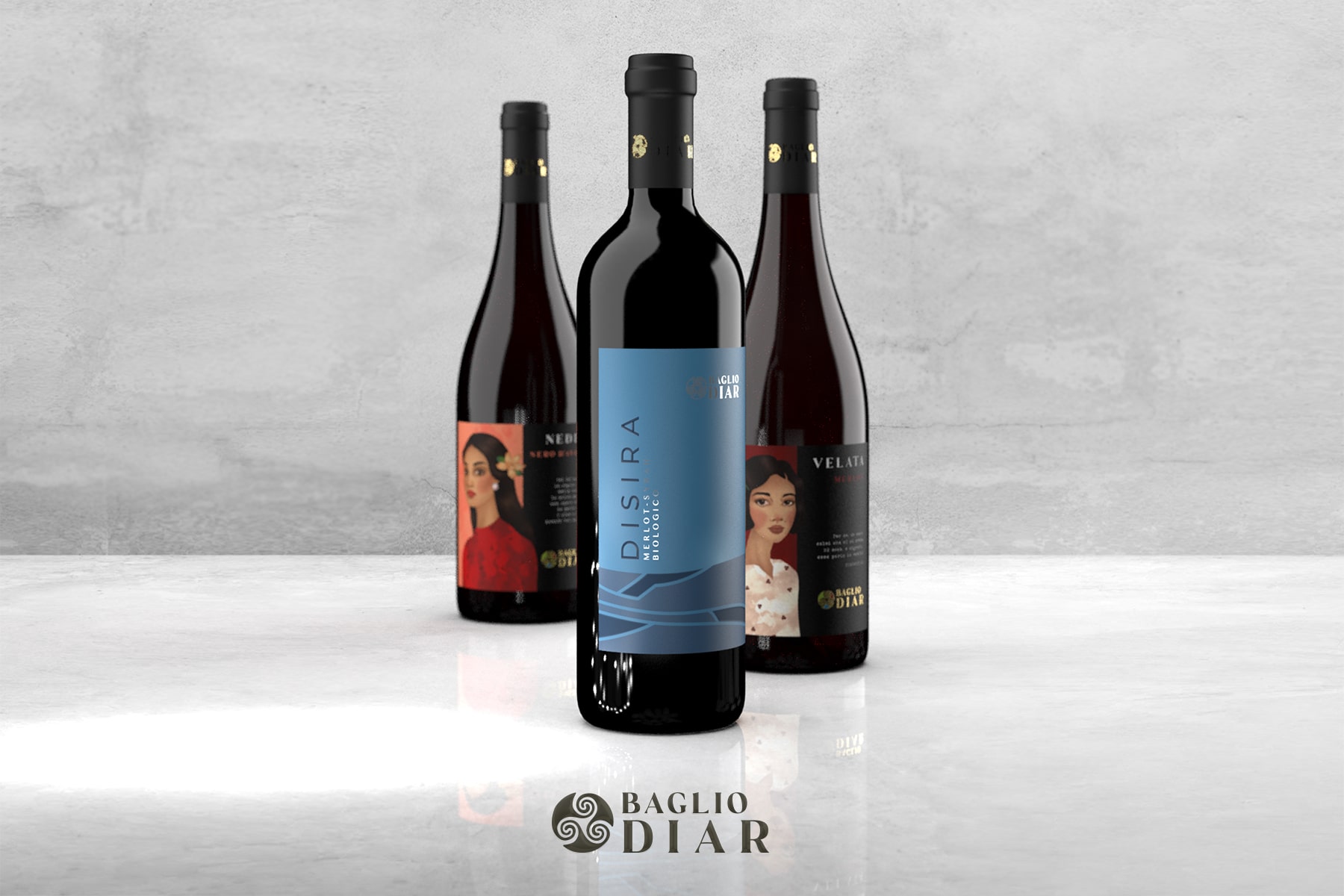
The winter has arrived and many people feel this season is the toughest one due to the cold and the bad weather. Thus the beginning of the winter normally defines the end of long warm days to go for fewer sunlight hours within lower temperatures.
Generally, this period of changement, more or less sharp depending on the latitude of a place, leads to pretty unhappy connotations. The trees get undressed, the clothing becomes heavier, the last swim in the sea seems a far memory and the project of the next summer season appear even more unattainable.
In truth, winter, though the most extreme season, offers very pleasant situations which in different moments of the year would lose their value. Thus would be hypocritical to don’t appreciate a warm shower at the end of the day, watch a nice movie under the blanket or a dinner by the fireplace with friends.
Each season has its peculiarities and awakens emotions linked to habits that condition our choices, including which wine to drink.
In the winter it is used to prefer red wine to the white one and, in some cases, it is a choice made consciously but in others it is a habit free from real motivations.
Winter firstly generates the desire for a glass of wine to warm up and both the service temperature and the alcoholic percentage would lead to thinking that the only solution is a bottle of red wine. In reality, there is a wide range of white wines to choose from with an alcoholic volume above 14% that are good to drink at room temperature or slightly fresh.
Moreover, there are some winter dishes that are often paired with wines with the same structure thus it is common to prefer red wines for their full body and the predisposition to age in oak barrels. Nowadays, indeed, a considerable percentage of white wines does at least a quick passage in oak that gives more structure and, in some cases, confer a body as full as the red wines.
On the other hand, red wine doesn’t mean automatically something precise but there are different variations. There are light reds easy to drink or medium bodied wines made with some oak or also others with a fuller structure that may have been a longer time in wood barrel.
For example the red wines made by Baglio Diar represent each one a well-identified style and can satisfy different prefernces.
Disira is a blend of Merlot and Syrah, medium-bodied and within soft tannins. On the nose shows smells of strawberry and raspberry while on the palate gives flavours of sour cherry and soft spicy hints of black pepper. This wine is great also to taste slightly chilled, particularly good for those who want to drink an elegant, perfumed red wine. Disira is perfect to pair with white meats cooked with aromatic herbs or to try with medium spicy fish sauce.
Nedda is a 100% Nero D’Avola with nice aromas of mature blackberries, full-bodied, medium tannins and distinguished by delicate hints of oak due to the ageing in wood barrel. On the nose gives hints of blue raspberries and cloves that are also evident on the palate together with blueberries and hazelnuts. Nedda it is a wine very good to pair with spiced game dishes or grilled shellfish.
Velata is Merlot 100%, with a round and silky palate that age six months in oak barrel and it is ideal for full-bodied red wine lovers. On the nose, comes up notes of blackcurrants, bay leaf and bacon. On the palate, there are flavours of prunes and liquorice which last in a long after taste. Velata goes well with stewed beef or roasted lamb in the oven. It is also nice if paired with long seasoned cheese and red fruits jam.
Whether you choose the wine based on the climate, the body or the type of pairing, in the end, it is always a matter of subjective preferences that as long as these arise from a sincere opinion, even if theoretically not correct, will never represent a mistake. Therefore no theory overwhelms the taste because the judgment is always lawful if based on a personal experience but without it it would be a preconception and this has no reason or sense to exist.
